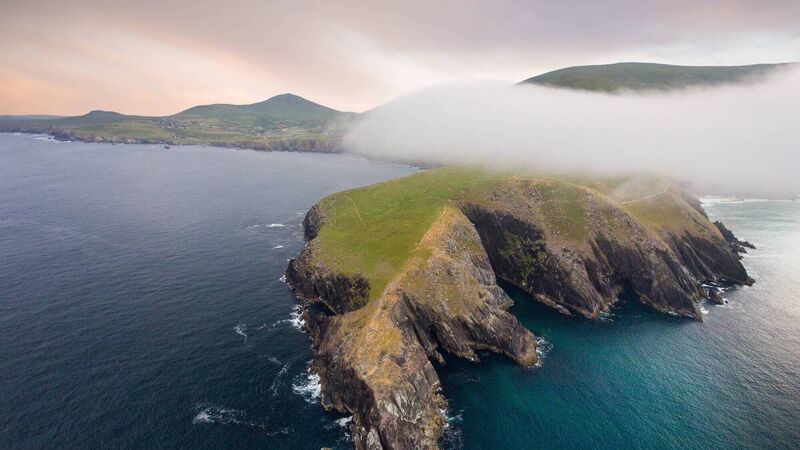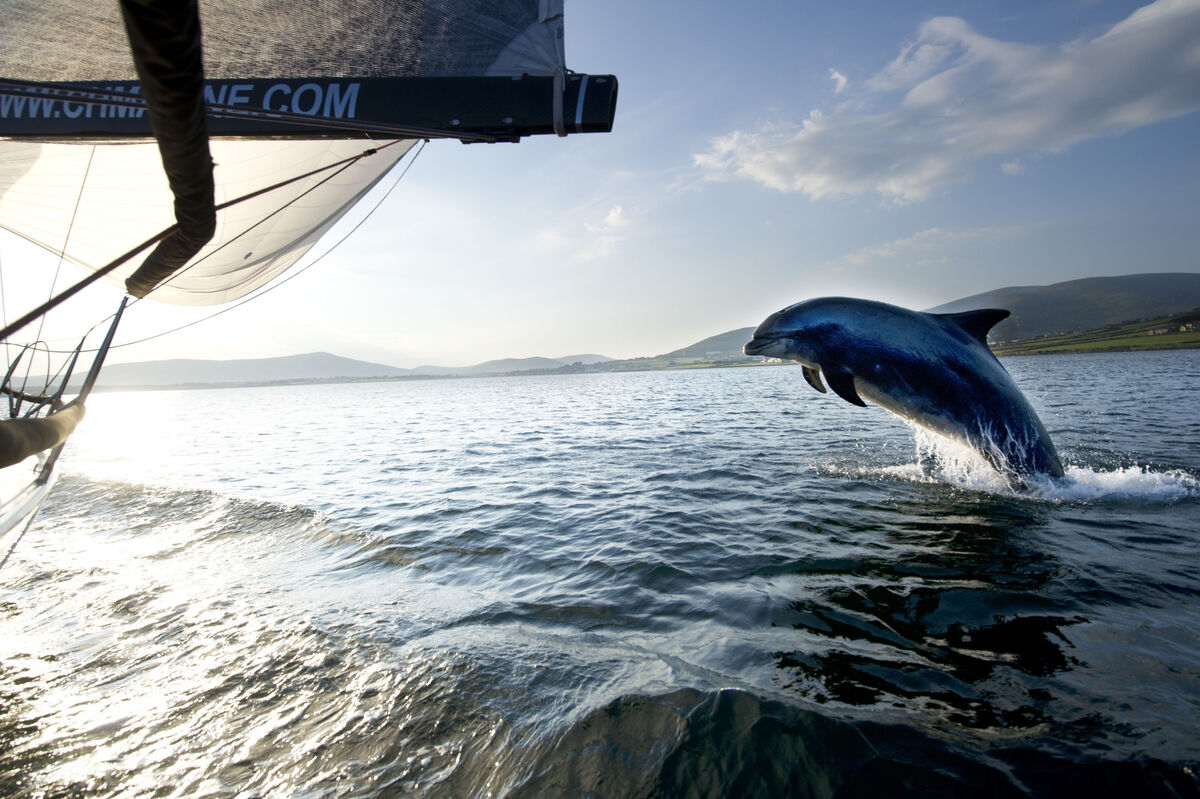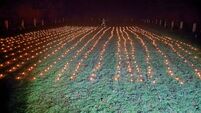Dingle tourism 'at a crossroads', Fáilte Ireland plan finds

Fáilte Ireland launches new long-term tourism plan for the Dingle Peninsula - Dunmore Head
Already bracing itself for the loss of Fungie in 2021, tourism in Dingle is “at a crossroads,” a new tourism plan finds.
Reputationally and in volume terms, the Dingle peninsula is a high-performing destination. But tourists spend little time and little money there and only key pockets benefit.
'The Fáilte Ireland Visitor Experience Development Plan for the future of tourism in Dingle' has taken three years of work and was carried out before the disappearance of Fungie.
The volumes of visitor traffic around Slea Head and the Conor Pass are “huge” but the coaches, while clogging the roads, bring little value to the area, the plan says.
Tourism is also unbalanced. Dingle town, which has well-developed tourism infrastructure, is “a hot-spot” dominating the other areas which do not benefit and are not developed to the same extent.

The imbalance also extends to seasonality: Dingle Town is perceived to enjoy a nine-month visitor season, with smaller communities only benefitting for three months each year.
The most westerly peninsula in Europe has several strengths — not least its scenery and its rich native tradition, according to the plan. But tourism has failed to capitalise on its rich culture, not least on the Irish language and its strong linguistic heritage.
And “the appeal of the area for visitors is being diminished through the perception of a destination with significant seasonal traffic challenges,” is one of the key findings.
The increase in visitor numbers in recent years also has the potential to disturb or damage the natural environment.
“The potential socio-economic benefits of tourism are not currently being realised and it is widely regarded that tourism on the Dingle Peninsula is at a crossroads,” the plan states.
The volume of tourists is the cause of intense pressure on the local culture, community and environment, compromising the experience itself.
Managed walking and outdoor activities are proposed, along with year-round tourism. Food and music are other areas which can be developed to a greater extent.
#Dingle #Ireland #PositiveVibes #WhenWeCanTravelAgain @poloconghaile @travelingmitch @CharlesMcCool @JustinLaurenXO https://t.co/kIpA9CUzd1
— Fáilte Ireland (@Failte_Ireland) January 9, 2021
Festivals needed greater support as there is risk of volunteer fatigue, it finds.
The plan also contains recommendations for a greater variety of accommodation and a warning that complacency is setting in on the service end, with lack of engagement and standards varying.
Iconic areas on the peninsula like Mount Brandon have not been maximised; there is a desire for visitor attractions to operate all year round too.
Miriam Kennedy, head of the Wild Atlantic Way at Fáilte Ireland, said: “Our plan, which captures the unique themes central to the Dingle Peninsula, is about looking to the future recovery of tourism and hospitality in the region.
"While the sector continues to be decimated by the pandemic, this Visitor Experience Development Plan will be hugely important as we work towards recovery," she said.












